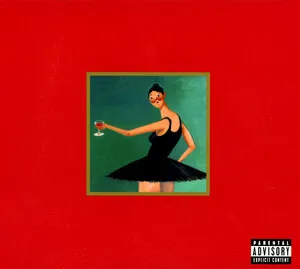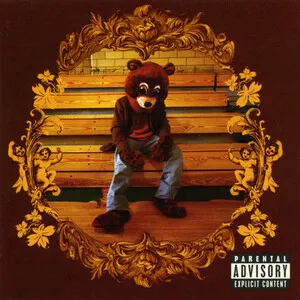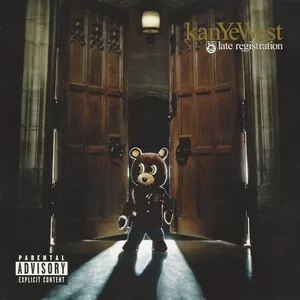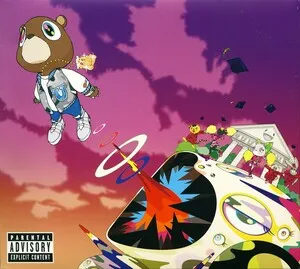Pop rap blends the rhythmic vocal delivery and beat-centric production of hip hop with the catchy hooks, polished structures, and radio-friendly sensibilities of pop music.
It typically features melodic choruses (often sung), accessible themes, and mid-tempo grooves designed for mass appeal. Production prioritizes clean, bright sonics, simple harmonic progressions, and memorable top-line melodies, while verses keep to clear, punchy flows that are easy for broad audiences to follow.
Because it sits between two commercial powerhouses—pop and hip hop—pop rap has frequently served as a gateway for mainstream listeners to explore rap, while giving hip hop artists a framework to cross over to pop charts.
Pop rap emerged in the United States during the 1980s as hip hop began reaching mainstream audiences. Early crossover moments—such as catchy, hook-driven rap singles—demonstrated that rap’s rhythmic delivery could fit within pop’s short-form, chorus-led songcraft. The rise of polished R&B and new jack swing also clarified how hip hop beats and sung hooks could coexist in a chart-focused format.
By the late 1980s and early 1990s, artists with danceable beats, earworm hooks, and family-friendly lyrics pushed rap further into pop markets. High-energy stage shows and vibrant, accessible production helped pop rap dominate radio and MTV. The formula—memorable chorus, straightforward verses, and upbeat themes—proved exceptionally effective for wide appeal.
In the 2000s, pop rap became a staple of Top 40 radio. Collaborations between rappers and pop/R&B singers multiplied, while producers emphasized glossy drums, bright synths, and instantly recognizable hooks. The result was a steady stream of crossover hits that bridged club culture, radio programming, and digital downloads.
Streaming accelerated pop rap’s evolution by rewarding hook density, replay value, and short runtimes. Artists increasingly blended melodic rap, contemporary R&B, and trap-derived drums, maintaining rap verses but doubling down on pop songwriting craft. Globally, pop scenes—from K-pop to Latin and European markets—absorbed pop rap’s structures, ensuring its continued presence in worldwide charts.
Aim for the sweet spot between rhythmic rap verses and a big, singable pop chorus. Keep structures tight (around 2:30–3:30), hooks frequent, and lyrics accessible.








